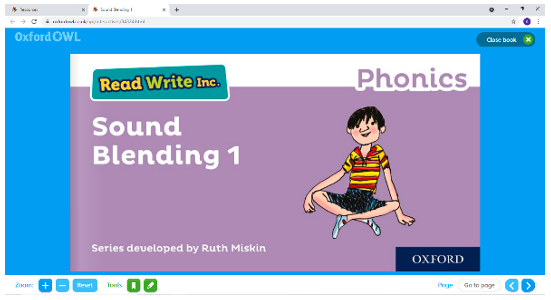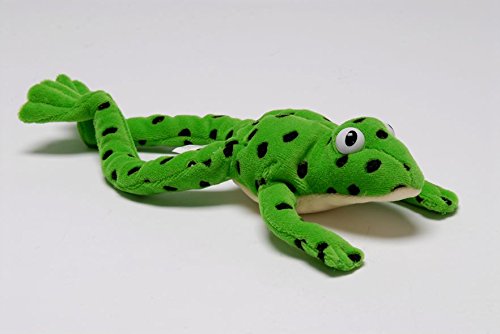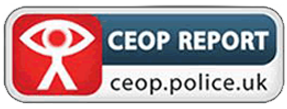Parental Support
In the Autumn term, Whitgreave Staff will hold parent workshops to support you in helping you with your child’s Phonics at home. It’s of paramount importance that we;
- Pronounce all sounds correctly
- Share a story every day together
There’s a wealth of sessions available online. We would urge you to watch these as often as possible to keep them fresh in your mind. They are available at:
Click here for the handwriting rhymes that we will use in school, when supporting children in writing the sounds.
Click here for Parent Support booklet 1.
Click here for Parent Support booklet 2.
Phonics Glossary
As parents, it’s important to make sure that we understand the key terms in phonics so that we can carry on the good work our child has done at school at home!
Blend: this is when you say the individual sounds that make up a word and then merge or blend them together to say the word as used when reading.
Consonant: most letters of the alphabet are consonants, except for the vowels: a,e,i,o,u.
CVC Words: this is an abbreviation used for consonant-vowel-consonant words. It describes the order of sounds. Some examples of CVC words are: cat, pen, top, chat (because ch makes one sound).
Other similar abbreviations include:
- VC (Vowel Consonant) words e.g. on, is, it.
- CCVC (Consonant, Consonant, Vowel, Consonant) words e.g. trap and black.
- CVCC (Consonant, Vowel, Consonant, Consonant) words e.g. milk and fast.
Digraph: this describes two letters which together make one sound e.g. ee, oa, ea, ch, ay. There are different types of digraph:
- Vowel digraph: a digraph in which at least one of the letters is a vowel: boat or day.
- Consonant digraph: two consonants which can go together: shop or thin.
- Split digraph (previously called magic e): two letters, which work as a pair to make one sound, but are separated within the word e.g. a-e, e-e, i-e, o-e, u-e. For example cake or pine.
Grapheme: it’s a written letter or a group of letters which represent one single sound (phoneme) e.g. a, l, sh, air, ck.
Phoneme: it’s a single sound that can be made by one or more letters – e.g. s, k, z, oo, ph, igh.
Pure Sound: it’s the skill of pronouncing each letter sound clearly and distinctly without adding additional sounds to the end e.g. ‘f’ not ‘fuh.’
Segment: it’s the opposite of blending as it means splitting a word up into individual sounds when spelling and writing.
Tricky Words: they’re the words that are difficult to sound out e.g. said, the, because which don’t follow phonics rules.
High Frequency Words: high frequency words are those which appear most often in the language – many are also common exception words (e.g. ‘I’, ‘the’, ‘you’). Children are taught to learn these words by sight in order to increase the Fluency of their reading.
Common Exception Words: common exception words are words in which the English Spelling code works in an unusual or uncommon way. They are not words for which phonics ‘doesn’t work’, but they may be exceptions to spelling rules, or words which use a particular combination of letters to represent sound patterns in a rare or unique way.
Trigraph: this is when three letters go together to make one sound e.g. ear, air, igh, dge, tch.
Vowel: the letters a, e, i, o, u.
How does Read Write Inc. meet the National Curriculum?






